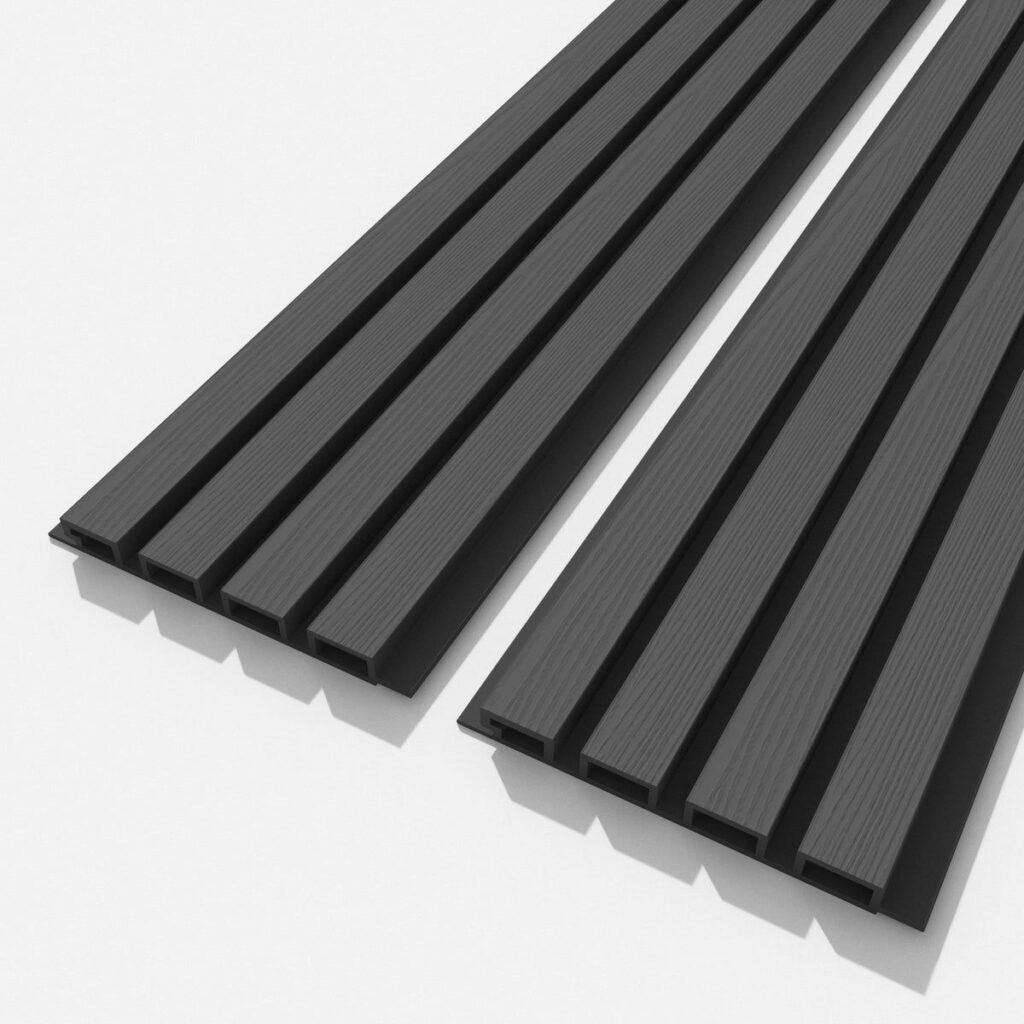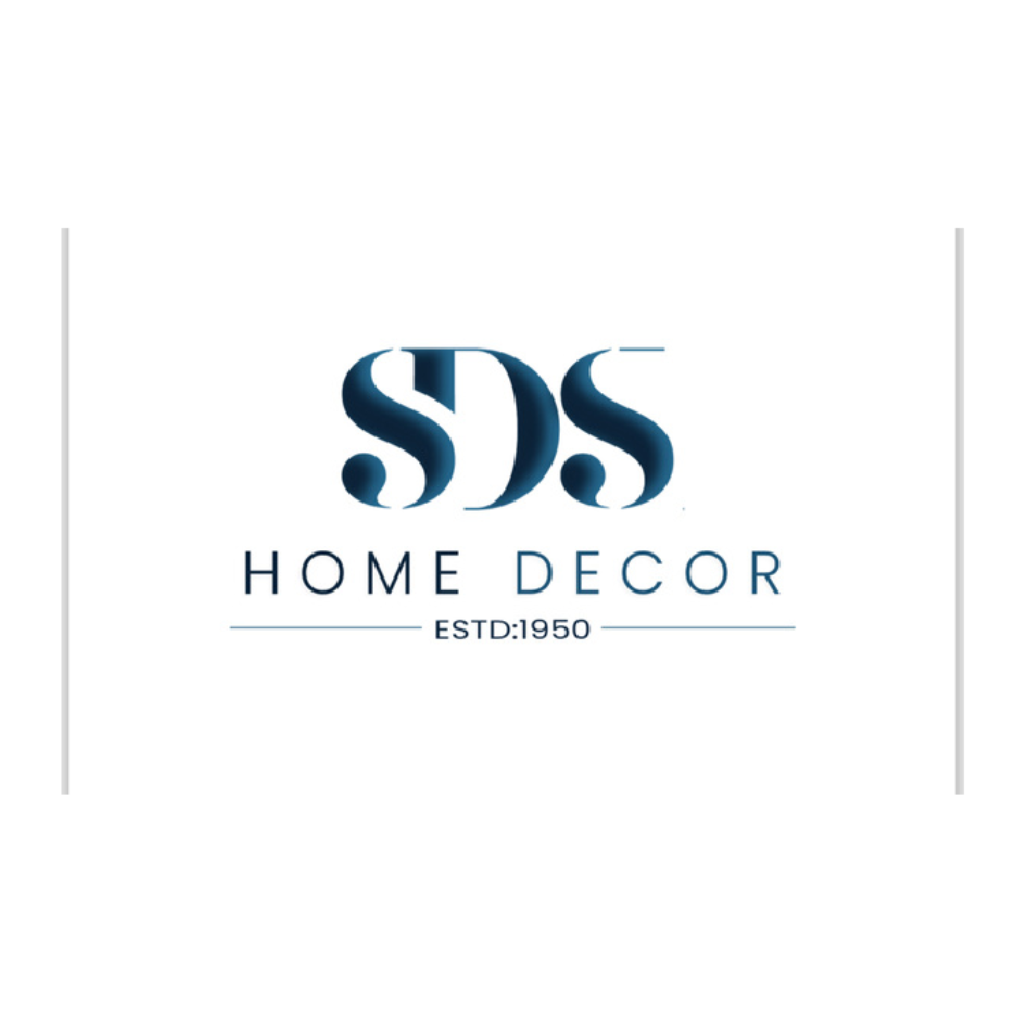Charcoal Louvers
Charcoal louvers are modern architectural elements often used in building design to enhance both aesthetics and functionality. These horizontal or vertical slats, typically made from materials like metal, wood, or composite, are coated in a dark charcoal color, giving them a sleek and contemporary appearance. Charcoal louvers are commonly used for ventilation, providing airflow while maintaining privacy and shading from direct sunlight. Their dark hue not only complements various architectural styles but also helps in reducing glare and regulating temperature, contributing to energy efficiency. They are popular in both residential and commercial spaces for their minimalist and versatile design.

Charcoal louvers are a popular architectural and design feature, commonly used to enhance the appearance and functionality of buildings. These louvers consist of horizontal or vertical slats, typically made from materials like metal, wood, or composite, that are coated or painted in a dark charcoal color. They serve several purposes, including:
Benefits of Charcoal Louvers
- Ventilation: Louvers allow for natural airflow, improving air circulation without compromising privacy or the building's structural integrity.
- Sun Shading:By blocking direct sunlight, charcoal louvers help reduce glare inside buildings and control the amount of natural light that enters, contributing to a more comfortable environment and reducing energy costs.
- Privacy: Louvers provide visual privacy without fully closing off views or light, making them ideal for residential and commercial applications.
- Aesthetic Appeal: he sleek, dark charcoal finish gives these louvers a modern, minimalist look, which can complement a variety of architectural styles. The dark hue is often chosen for its bold, contemporary feel that adds sophistication to the building's facade.
Charcoal louvers are used in both exterior and interior settings, including facades, window screens, fences, and partitions, creating a functional and stylish design element. They are versatile and can be customized to fit specific design needs, making them a favored choice in modern architecture and sustainable building design.


